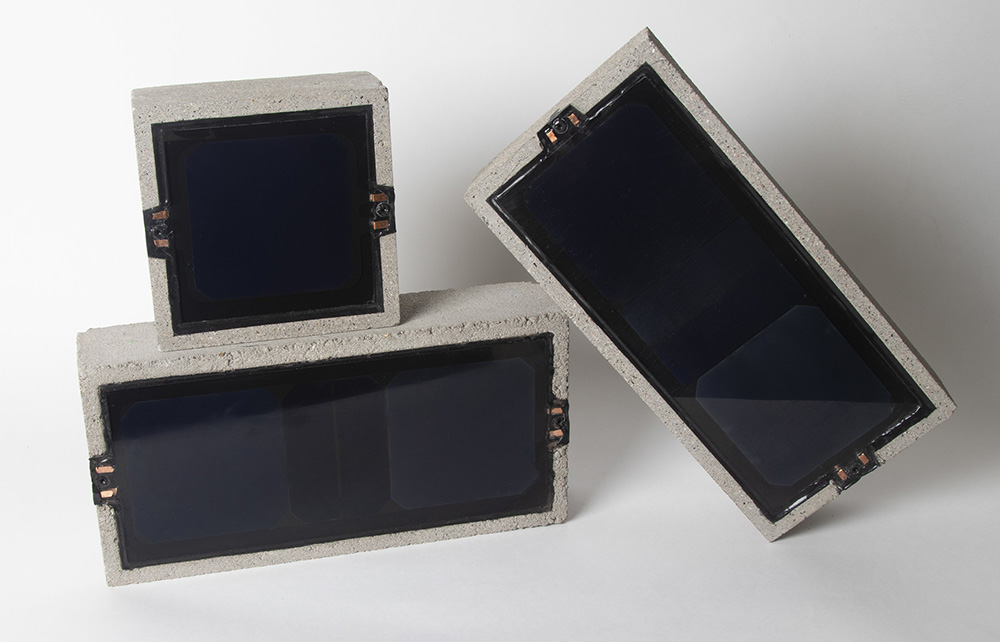From SRECs to SMART: MA overhauling solar incentive program - Still time to qualify for SRECS - by Craig Huntley

Solect Energy
For the last seven years, Massachusetts has run an extremely successful incentive program to promote the adoption of clean solar energy across the state based on solar renewable energy certificates (SRECs). According to the MA Department of Energy Resources (DOER) the amount of installed solar capacity grew from below 20 megawatts (MW) before 2010 to more than 1,699 MW in 2017 across 71,953 projects. Driven in part by Massachusetts’s high energy costs, the SREC program has been so successful that Massachusetts, a small state in the Northeast not known for its sunshine, is now known as one of the premiere states for solar development.
However, in 2018 Massachusetts will be retiring the SREC-II program and implementing the Solar Mass Renewable Target program (SMART). This new incentive program is structured as a feed-in tariff (FIT) and is scheduled to go into effect on April 1, 2018.
So what are the differences in the two programs? For the SREC program, producers of solar energy “mint” a SREC for every megawatt hour of electricity they produce from their solar energy system. The SRECs are then put into an auction and purchased by the utilities. The state has impacted the price of SRECs by controlling the amount of certificates utilities needed to buy. The concept was to create a market mechanism where supply and demand could strike a balance. The concept worked extremely well in launching a new industry, and creating a stable marketplace that still had the market discipline of supply and demand.
The SMART program is intended to simplify the process and provide a systematic decline in subsidy values over time. The idea is that as technology costs and other “soft” costs come down, solar can remain competitive with lower incentives. A feed-in tariff simply means that you get paid based on the amount of energy you “feed” into the system. The program will have “adders” to increase incentives for certain types of projects like low-income housing developments, carports or use of brownfield sites. The incentives will decline over time as “blocks” of solar generation are developed. The first block is proposed to be 1600 MW with block sizes varying as the incentives decline. Again, the idea is to simplify the process in order to lower financial and other “soft costs,” while still providing sufficient incentive to expand the market and provide attractive economics on solar projects.
Its also important to understand that these programs are different from two other significant solar policies. Net Metering is state policy that allows array owners to sell excess generation at full retail rates, and the Business Energy Investment Tax Credit (ITC) is a very attractive federal tax incentive.
So when will the transition between programs happen? Systems built before April 1, 2018 will qualify for the current SREC-II program, but they need to be mechanically complete (they do not need to be connected to the grid) by March 31, 2018. To meet the March 31 deadline, you would have to contract with an installer by early November, or sooner depending on system size and complexity. So if you have been thinking about solar, now is the time to act to take advantage of the SREC incentive. Essentially, you have a 30-60 day window to sign a contract and get a project started to meet the SREC-II deadline.
For more details about the SREC-II and SMART Programs, please visit the web addresses below:
https://solect.com/doer-releases-next-generation-solar-incentive-program-proposal/
http://www.mass.gov/eea/energy-utilities-clean-tech/renewable-energy/rps-aps/development-of-the-next-solar-incentive.html
Craig Huntley, founding principal, CDO, Solect Energy, Hopkinton, Mass.
Bridgeport implements energy efficiency plan with utility partners and regional business council





.png)